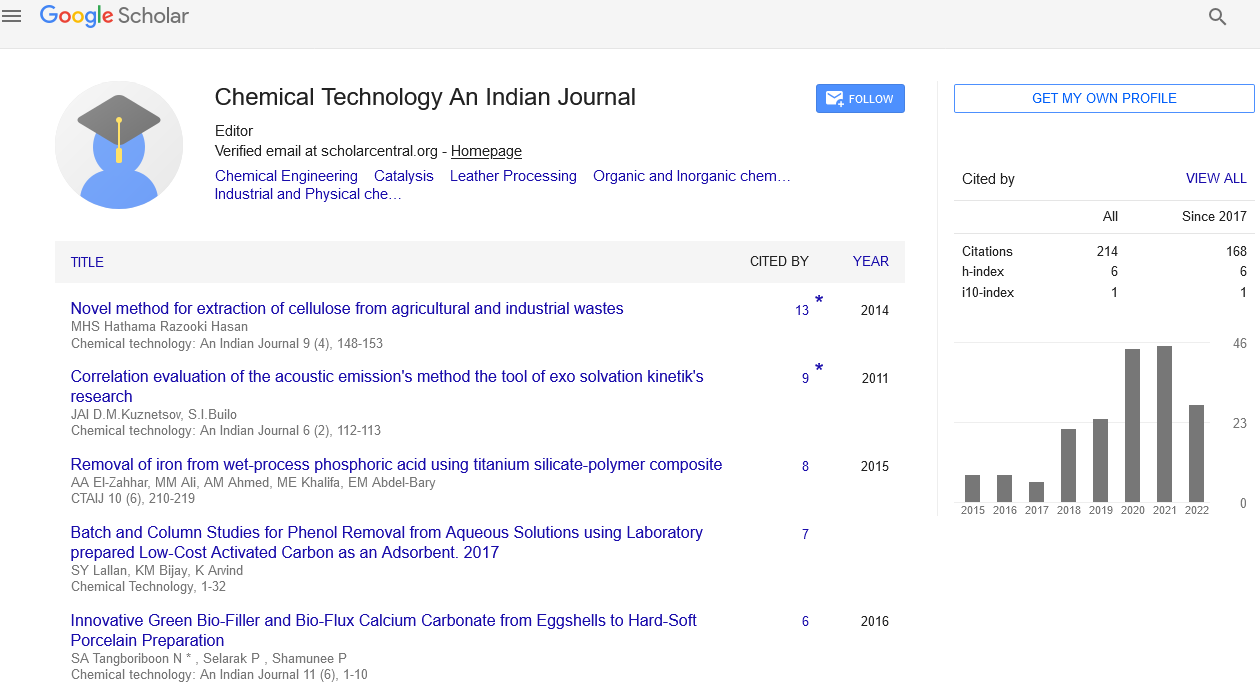Abstract
Quantitative structureÃÂactivity relationships study of pollutants using different multivariate calibration methods
Author(s): Mehdi AlizadehIn this paper, two different multivariate calibration methods, feed-forward artificial neural networks (ANN) with back-propagation learning rule and Multiple Linear Regression (MLR) were applied to predict the logarithm values EC50 (effective concentration which causes the considered effect in the 50%of the population) in daphnia (after 16 days) of 31 diverse organic pollutants by using molecular structural descriptors. three descriptors are considered to account for the effect of pollutant structure on the logarithm values EC50. These are (Eigenvalue 10 from edge adj matrix weighted by edge degrees, Heat of formation, Partition coefficient (octanol/water)). The Stepwise SPSS was used for the selection of the variables that resulted in the best-fitted model. After variables selection, 31 compounds randomly are divided into two training and test sets. The regression coefficients of prediction are 0.9967, 0.9958 and the mean square error (MSE) are 0.0051 and 0.0091, of training and test sets for theANNmodel respectively. Result obtained showed that ANN model can simulate the relationship between structural descriptors and the Log EC50 of the molecules in data set accurately.

